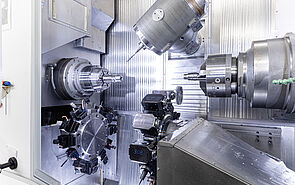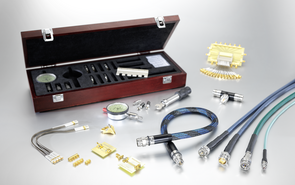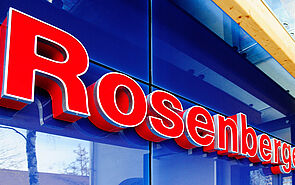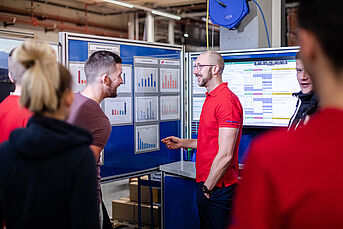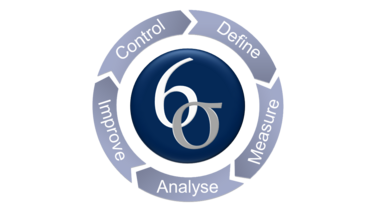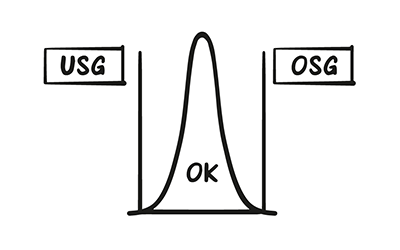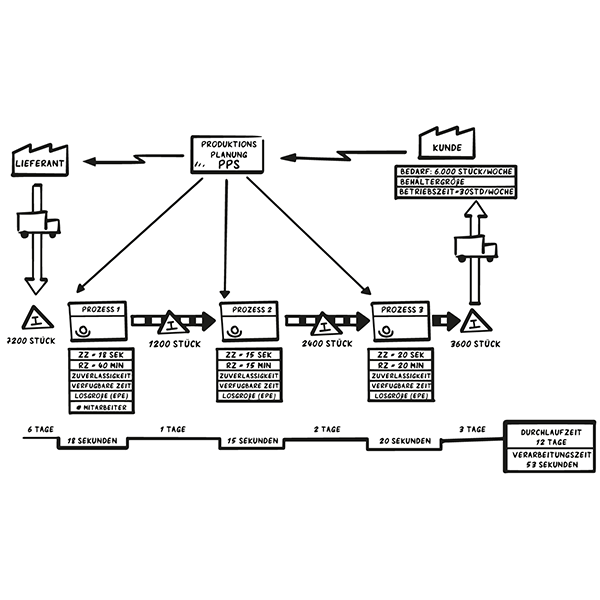For a Globally Successful Company the Continuous Optimization of Processes and Products is of the Utmost Importance
The Rosenberger Group therefore uses the so-called Lean Six Sigma (LSS) method - a proven and results-oriented Quality Assurance concept. The goal of this approach is to achieve increased quality, reduce costs and ensure a total focus on customer satisfaction. Following this strategy Rosenberger employees are empowered to make operational tasks more effective and efficient.
The LSS method combines statistical instruments for measuring, analyzing, improving and monitoring processes with lean management approaches. The latter focus on economic efficiency and are customer oriented. Extensive monitoring and reporting measures are put in place for ensuring optimal flexibility when responding to changing conditions. For this purpose interdisciplinary teams at Rosenberger make decisions based on statistical data analysis - as part of the company’s holistic approach to problem solving.









